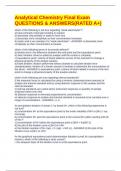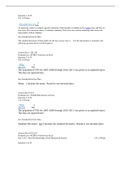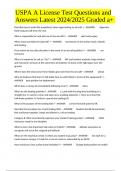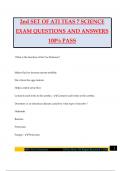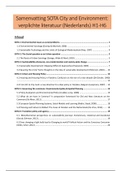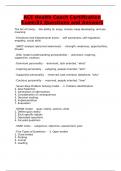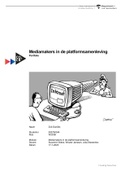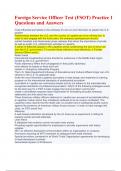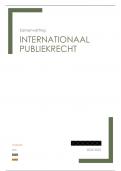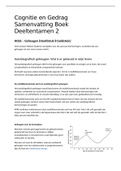Exam (elaborations)
Analytical Chemistry Final Exam QUESTIONS & ANSWERS(RATED A+)
- Course
- Institution
which of the following is not true regarding "weak electrolytes"? a) have primarily molecular bonding in solution b) dissociate only partially in water to form ions c) dissociate more completely as their concentration increases d) acetic acid is an example of a "weak electrolyte" - ANSWER c) d...
[Show more]
